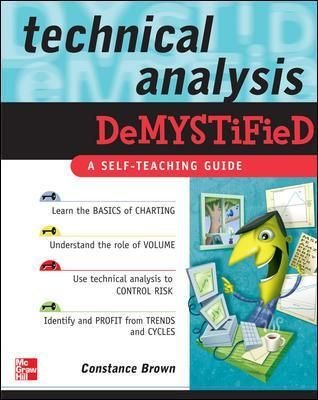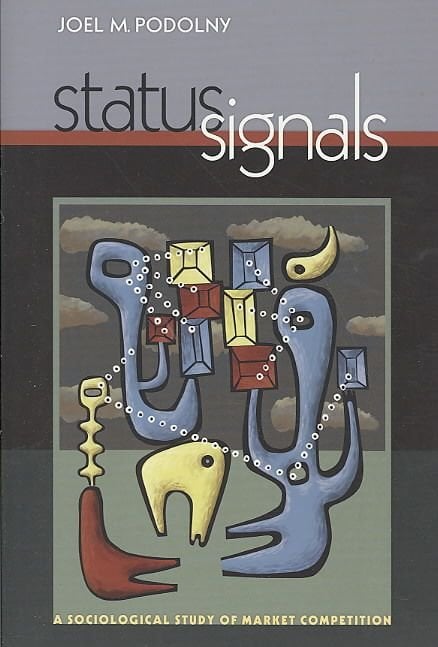In most Keynesian-type macroeconomic models the financial sector is modelled in terms of money demand, money supply and money market equilibrium. The market equations for private and government debt, i.e. credit, are implicit in these models by virtue of Walras’ Law and need not be explicitly specified. Market equations for existing physical capital, or shares in capital, are absent from these models on the tacit assumption that physical capital cannot be traded and, consequently, has no market price. Money in these models is a substitute for private and government debt, not for current output, let alone for physical capital (or claims thereon). Models with these characteristics have three basic weaknesses. They narrow down the monetary transmission mechanism to a small subset of assets. Moreover, they produce downward-biased estimates of the degree of controllability of money in open economies if money and claims on physical capital are actually substitutes. Finally, these models are ill-suited to analyze adequately the effects of open market operations and of financing government budget deficits which change the stocks of money and debt.












